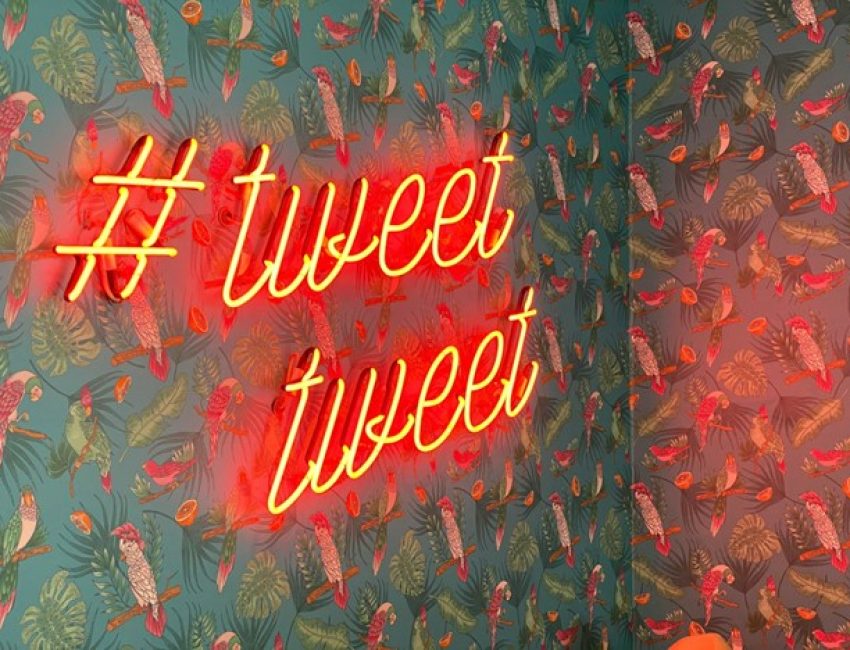Twitter changed drastically in October of 2022 when it was officially bought by Elon Musk. Gone were verified users — except for those willing to pay for a blue checkmark. In came the caps on the number of posts you could read per day. By the summer of 2023, even the name Twitter was gone, replaced by X. Advertisements haven’t changed much, but the userbase has, with use dropping by as much as 23%.
Understandably, many users have sought out alternatives. In 2023, it seemed there was a new Twitter alternative to try every week. Some of them quickly went under. But now in 2024, it’s become clear which are sticking around and which aren’t. So what should you look for if you’re not a typical user but rather a social media marketer? Here are some of our top suggestions:
#1 – Threads
Threads is Instagram’s answer to Twitter, which means that like Instagram and Facebook, it is owned by Meta. On the one hand, that lends a certain amount of security: it probably isn’t going anywhere any time soon, and there’s an extensive team to work out the kinks. On the other hand, if you don’t want to put all your eggs in Zuckerberg’s basket, this might not be the platform for you.
Threads functions very similarly to Twitter. It allows you to make short form posts — up to 500 characters — and connect with others through hashtags or “threads.” It is connected to your Instagram account, meaning you’ll need an Instagram account to sign up and if you delete your Instagram, Threads goes away, too.The UI is easy to navigate on mobile and desktop, and many brands have thrived on Threads.
#2 – Substack
Substack is more of a blogging and newsletter platform. You can post articles to their website which also get emailed to all of your subscribers. There’s also Substack Notes, which allows for shorter form posts similar to Twitter. Substack could be a great option if you enjoyed the text format of Twitter and like sharing insights into your brand or industry on your profile. It can also be a good way to keep your audience up to date on any news you have about your brand.
#3 – TikTok
TikTok is not an alternative to Twitter in terms of content, but it might be helpful if you were using Twitter to connect with millennial or Gen Z users. TikTok is currently one of the most popular platforms for younger social media userbases, along with Instagram. It is a video first platform, though they have recently started to allow for images to be posted, as well. On these image posts, you can include lengthy descriptions that can serve the same sort of purpose as text posts on Twitter. However, it’s important to keep in mind that the skillset to market on TikTok might be very different.
#4 – Instagram
Instagram has been around for a long time, and it will be around for much longer. While Threads is Instagram’s true Twitter alternative — and the platform often promotes Threads posted by your followers — Instagram is still the best place if you’re looking for an alternative to post your visual posts for your brand. And when you post to Instagram, that post will often go to Threads, as well.
#5 – Counter Social
Counter Social has a similar format to Twitter and Threads: you can post up to 500 character posts. However, Counter Social has a lot less tolerance for the kind of nonsense that social media can often devolve into. Their platform boasts no “ads, bots, internet trolls, or hostile nations” (such as Russia’s tendency to infiltrate social media with accounts to stir up social justice issues or encourage censorship).
The “no ads” part can be tricky when it comes to social media marketing. It might not be ideal as your primary platform, but you can have a Counter Social account as a brand. Instead of posting ads, instead you can post updates and useful information with your audience. There are also COSO groups, which allow you to build communities with your audience.
#6 – Mastodon
Mastodon has similar functionality to Twitter, Threads, and COSO. You can “toot” by creating a post, “boost” other people’s posts, and “favorite” to like posts. Users choose a server to join, and each of these servers function as their own small social media platform. This creates some sort of cross between Twitter and Discord, but it also keeps the platform from being wrecked wholesale by a simple change in ownership. Each server has its own rules. You can move between servers, but you won’t be able to move content between servers.


